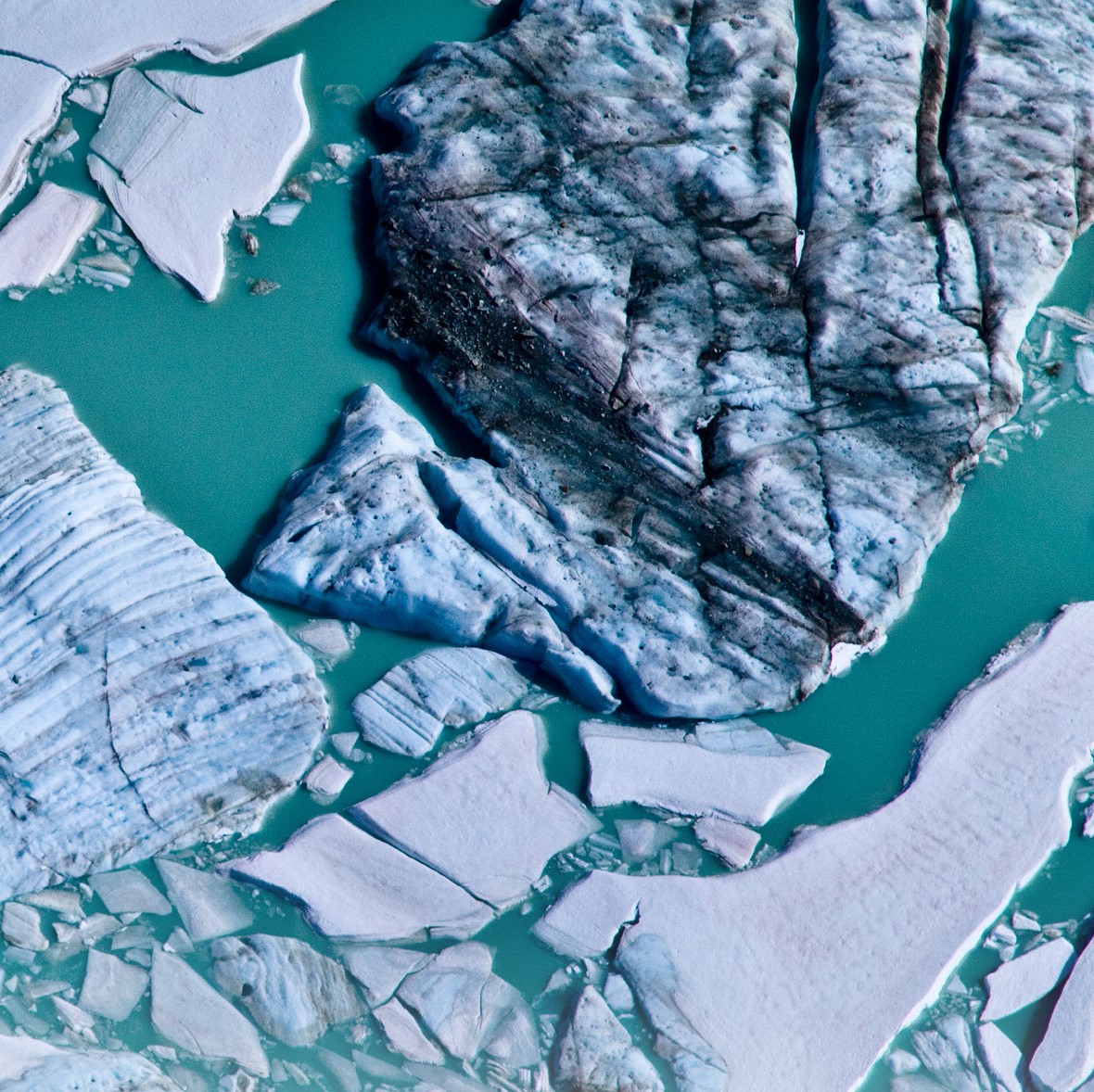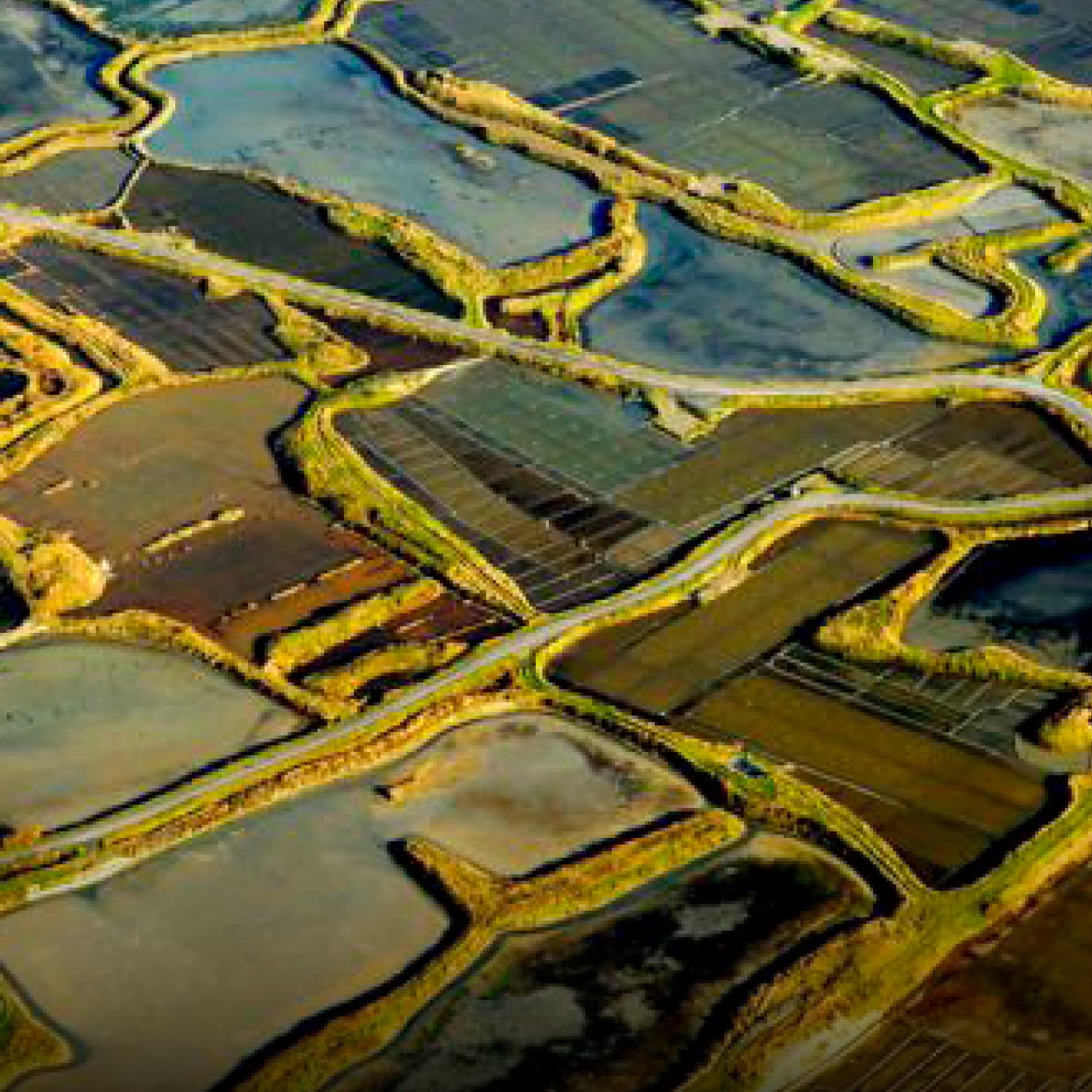
The diversity of opportunity that greets geomorphologists today is stunning: It ranges from Google Earth’s view of the entire planet to our ability to measure rocks flexing beneath breaking waves. Today, our challenge is less in making observations; rather, it’s deciding which observations can provide critical insights on how, when, and why diverse surface processes sculpt Earth’s surface. Few geomorphologists have been as incisive in choosing the key observations needed to quantify a problem, as creative in their use of technology, as diverse in the range of geomorphic environments that they have studied, or as productive in developing new, quantified theories of landscape evolution as this year’s G. K. Gilbert Award winner, Bob Anderson.
For nearly 30 years, Bob has shown us how to combine a rich understanding of geomorphic processes with strong skills in mathematical and physical analysis in order to attain fundamental new insights on landscapes. He has used this combination to develop novel theories explaining processes and landforms at scales that span from eolian sand grain impacts to mountain ranges. Bob’s ability to move seamlessly from the geophysical aspects of crustal dynamics to the mechanics of frost cracking to new applications of cosmogenic nuclides has repeatedly given us remarkable insights on how the Earth works.
During his years at Santa Cruz and Colorado, Bob has mentored a noteworthy group of younger geomorphologists who are now advancing our field in new directions. In nearly all of their publications, Bob’s mentorship and intellectual “fingerprints” are clearly visible. Bob’s freely available pedagogical gem “The Little Book of Geomorphology: Exercising the Principle of Conservation” typifies his rigorous thinking, his perennial enthusiasm and curiosity, and his scholarly generosity.
For his remarkable, provocative, and diverse contributions to our field, Bob Anderson is distinctly deserving of the 2015 G. K. Gilbert Award.
—Douglas Burbank, University of California, Santa Barbara

Subtle bedrock depressions called gnammas allow the water in ephemeral pools to maintain contact with bare rock, thus serving as natural rock‐...






